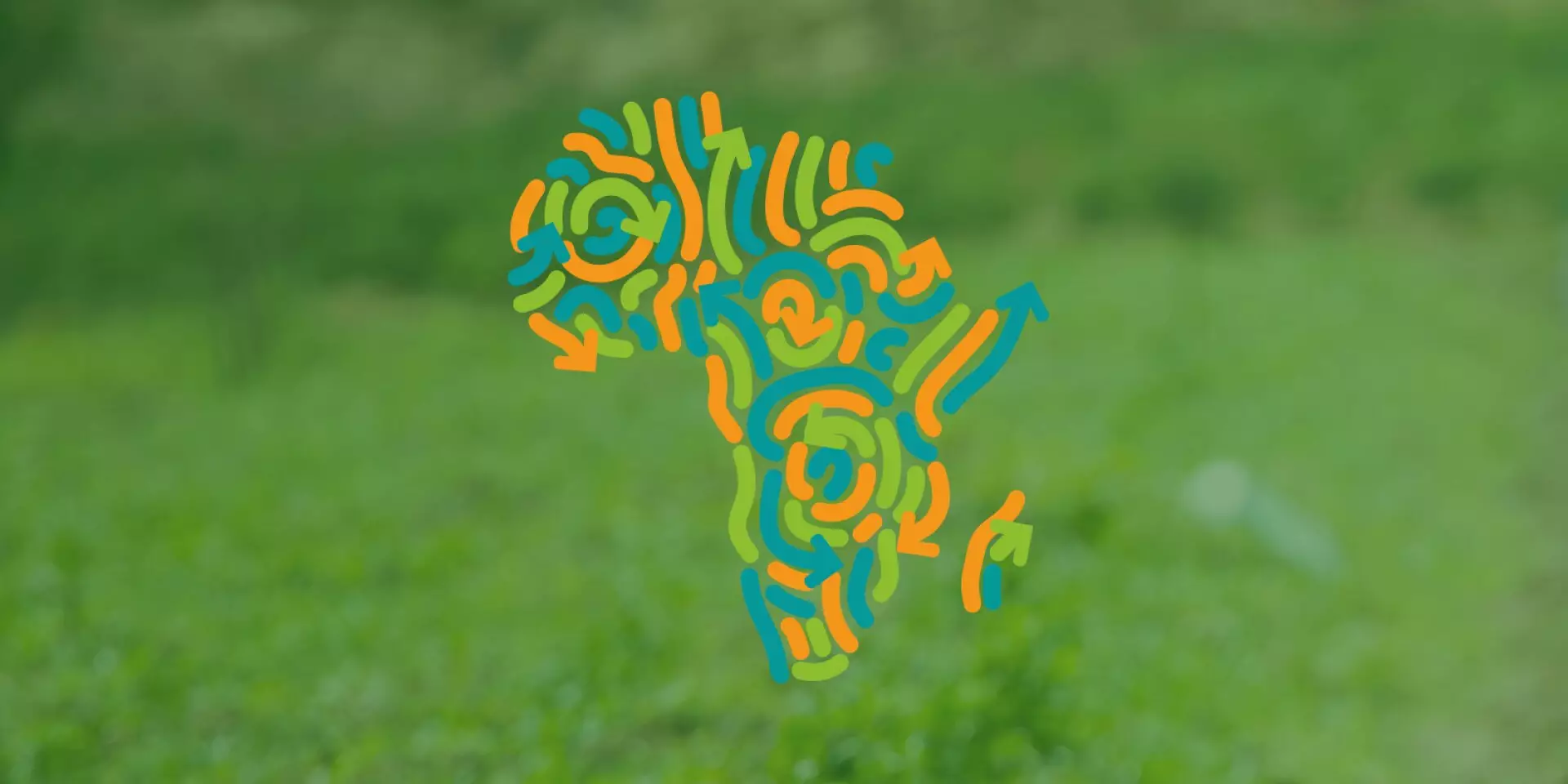As climate change continues to wreak havoc globally, Africa’s vulnerability makes it imperative for nations on the continent to prioritize climate adaptation. The African Development Bank estimates that the continent requires a staggering $277 billion annually for effective climate adaptation strategies, yet it currently receives a mere $30 billion. This disparity highlights an urgent need for robust national policies that can effectively channel investments and resources into critical sectors like agriculture, where the impacts of climate change are felt most severely. A new analysis reveals that while many African national adaptation policies fall short in providing comprehensive information, there are notable exceptions that offer valuable lessons for advancing future climate talks and actions.
Shortcomings in National Adaptation Policies
Recent research conducted by The Alliance of Bioversity, the International Center for Tropical Agriculture, Wageningen University and Research, and the Food and Agriculture Organization of the United Nations (FAO) has exposed a critical flaw in many Nationally Determined Contributions (NDCs) and National Adaptation Plans (NAPs) across Africa. In total, 53 NDCs and 15 NAPs were evaluated, revealing a troubling trend: these documents often lack comprehensive information essential for effective adaptation tracking. The evaluation criteria included three key components: information coverage on adaptation, consistency of the information, and the overall robustness of the indicators provided.
Alarmingly, the analysis found that only a handful of NAPs and NDCs—including just eight NAPs and four NDCs—addressed all critical aspects of adaptation: risk and impact assessment, planning, implementation, and monitoring, evaluation, and learning. Such glaring gaps not only hinder the ability to track national adaptation efforts but also limit the potential for attracting necessary funding. Countries are essentially creating policies without the foundational data needed to guide and measure their effectiveness—an oversight that threatens progress in an era when adaptive action is crucial.
Spotting the Silver Linings
Despite these shortcomings, the analysis also shines a spotlight on some countries that are making meaningful strides in their adaptation approaches. Nations like Benin, Burkina Faso, Cameroon, Ethiopia, Liberia, Madagascar, Togo, and South Africa stand out for their relatively strong NAPs, while Angola, the Democratic Republic of the Congo, Ethiopia, Sierra Leone, Burundi, and Uganda have set noteworthy examples with their NDCs. These countries exemplify what can be achieved even in the face of systemic challenges, suggesting a replicable model for others looking to strengthen their national adaptation frameworks.
The existence of these effective policies provides hope and a roadmap. The insights gleaned from successful NAPs and NDCs can be instrumental for other African nations as they strive to enhance their own adaptation efforts. By learning from their peers, nations can leverage lessons learned and best practices, thus fostering a collaborative spirit among African countries.
A Shift Toward Localized Indicators
The recent developments at the 28th Conference of the Parties (COP28) and the UAE–Belém Work Program emphasize the need for indicators that are relevant at the national level. To build a sustainable framework for adaptation tracking, these global platforms must not overlook the cultural and contextual realities unique to each African nation. The focus so far has been largely on developing comprehensive global indicators, which, while essential, often ignore the specificities of local policies that are crucial for tracking adaptation progress.
The research suggests that empowering local policy processes to inform the development of robust adaptation-tracking systems will be key. By aligning global initiatives with national priorities highlighted in NDCs and NAPs, African nations stand a better chance of fostering effective adaptation frameworks that genuinely reflect their needs and goals.
Mobilizing Resources for a Resilient Future
In their accompanying policy brief published in Nature Climate Change, the authors argue for the necessity of robust indicators that reflect climate risks and the priorities defined within national policies. The Least Developed Countries Expert Group (LEG) plays a pivotal role in this endeavor, driving the development of efficient tracking systems through its expertise in reviewing NAP technical guidelines.
As the world gears up for the next set of NDCs due in 2025 and NAPs by 2030, the opportunity for African nations to establish robust adaptation tracking systems arises. By adopting a country-driven approach, tapping into existing resilient examples, and fostering partnerships with continental and global stakeholders, nations can build a future where climate adaptation not only becomes a policy priority but manifests into tangible, measurable progress. Africa’s path to resilience lies in aligning its national strategies with localized data and fostering collaboration across borders, ensuring that it remains not just a passive player in the global climate arena, but a leader in adaptive resilience.


Leave a Reply